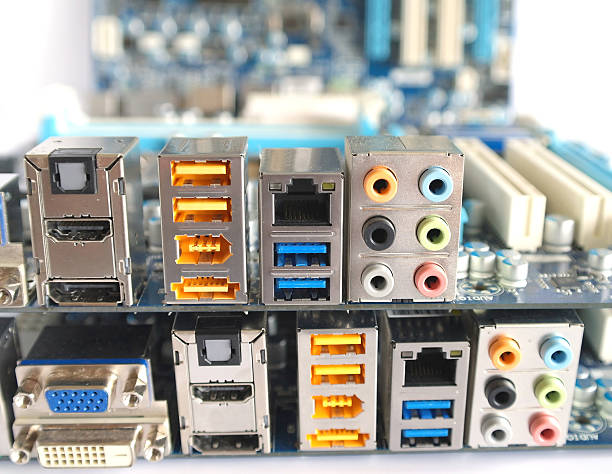
Solar panels generate direct current (DC) electricity which has to be transformed into alternating current (AC) electricity that can be utilized in your business or home. Inverters from solar help with the process by turning DC energy into AC electricity. But, more than one type of solar inverter is available to solar panel owners.
The advancements in the field of inverter technology have been growing steadily as solar panels have become more popular, allowing homeowners and businesses to get the most power they can receive from their solar panels. Inverters with strings and micro inverters are two kinds that are solar-powered inverters. Read on to learn about their advantages, drawbacks, and distinctions to decide which is best for your business or home.
WHAT ARE STRING INVERTERS?
A string inverter is connected to a circuit that usually joins a set of solar panels known as the solar array. The string inverter is an individual box typically installed by your solar company around your electricity meter and the primary service panel. In general, string inverters only comprise two or three inverters however, the number will depend on the dimension of your solar system.
String inverters are usually employed with solar panels, which can receive all sun’s light. Being aware that string inverters convert solar energy with the most efficient board is vital. Ensuring all panels produce the same output is essential for getting the most value from any solar system.
Pros of String Inverters
Inverters for strings have a variety of distinct benefits, which include
Lower costs: Compared to other types of inverters, string inverters are among the most affordable options on the market. Inverters that use string require fewer hours for installation and are more affordable than various microinverters. This can help you cut down on total costs.
Easy troubleshooting: The significant advantage of string inverters is that you typically only require one to convert DC power into AC electricity effectively. String inverters are simple to fix, making it much easier to make your solar system operational once more.
The chance of wiring problems: String inverters have fewer connections, making the system less susceptible to being improperly wired. This makes installation easier and reduces the need for repairs caused by an incorrect installation.
Cons of String Inverters
Although string inverters offer many advantages, there are certain drawbacks that you should consider before selecting the best inverter.
Longer lives: Unlike microinverters, string inverters are shorter lengths, generally ranging from 8 to 12 years.
Complex system expansion: String inverters perform the best when they operate at maximum capacity. If you want to increase your solar array’s size, you’ll be required to connect the new panels through another string inverter. This adds cost and difficulty.
Efficiency is reduced even in partial shades: String inverters require the wiring of a series of solar panels. If they exhibit decreased output, all of the ones you use fothoselar will also be affected. In other words, if some of your meetings are shaded during your daytime hours, they might have a lower efficiency overall.
Issues with system monitoring: If you use an inverter string, it is possible that you will not be able to monitor each panel because there are no components that can be used to monitor every board. While you may be able to see the overall energy output of your solar panels, you are not in a position to identify any specific issues with the performance of your meetings.
WHAT ARE MICROINVERTERS?
Microinverters operate in a parallel circuit, increasing the electricity production passed through the weakest performing panel. Microinverters are less bulky than string inverters, usually about the size of an internet router, and they are attached with a backplate linked to each meeting. In general, you’ll have more microinverters than solar panels.
Microinverters maximize every solar panel’s power by converting it to maximum capacity and assisting you in getting maximum value from the solar system.
Pros of Microinverters
Microinverters provide many benefits. These include
Longer life spans: Microinverters have a longer lifespan than string inverters, usually about 25 years.
Easy expansion: If you want to increase the size of your solar array, microinverters make it more straightforward since adding new panels without worrying about buying or putting in new inverters is easy. You can also set up solar panels in a single step in case you’re unsure how much you want to expand.
Monitoring individual panelsBecause microinverters come with separate panels, they can watch each forum individually. This is quite different from string inverters, where you can only observe the entire system.
More electricity: Microinverters allow you to generate more power through your solar panel. Microinverters enable you to convert electricity by the individual panels, thereby increasing the overall power generation.
Sustainable: If your solar panels are installed in different angles, Microinverters are your most suitable option. Solar panels angled in various directions or covered with shading throughout the day will generate different amounts of electricity. Microinverters let you harvest the maximum amount of energy possible.
Fast shut-down features: If you need to stop your solar system due to reasons of any kind, microinverters enable users to shut it down in a matter of minutes.
